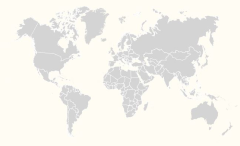Career
Ranked fourth best bantamweight New Zealand all-time greats. With his punching power, speed and elusive style, Philp soon became the #1 contender for the bantamweight belt. In 1960 he was ranked third best bantamweight in New Zealand history.
During World World War II, Philp was drafted into the New Zealand Army, serving with distinction in the Middle East and Japan in World World War World War II
In the spring of 1942, the United States First Marine Division sailed for Wellington, prior to opening a counteroffensive against the advancing Japanese forces.
The marines were matched to fight local boxers on the preliminaries to the Strickland-Mullett heavyweight title fight. In the local team there appeared two Wellington fighters who were to turn professional after the war, Jack McCann and Lyn Philp.
Both had wins over United States Marines, and 15-year-old Bobby Goslin, drawn to meet P. Gonsalves, less than a minute later they were picking a semi-conscious Marine up off the deck! Goslin who would represent New Zealand at the 1948 Olympics. Philp, incidentally, fought Goslin three times, winning once and losing twice.
Kure is at the southern end of Japan’s main island Honshū.
The allocated area of occupation included the Hiroshima Prefecture. He started his pro-career as a bantamweight joining the training stable of the legendary Dick Dunn. The Philp-Hoggarth battle took place on 21 February 1948 at the Petone Recreation Ground New Zealand.
Hoggarth was stopped by knock-out, Philp winning the New Zealand bantamweight title and the belt.
He retained the belt until his eventual retirement from the ring on 6 June 1954, when he vacated the title. In 1954 he stepped up to featherweight fighting Johnny Hanks for the vacant featherweight title, losing by KO in round eight.
Foreign reasons unclear the fight never went ahead. After retiring from the ring Lyn Philp opened a boxing gym where he became a trainer and coach.




